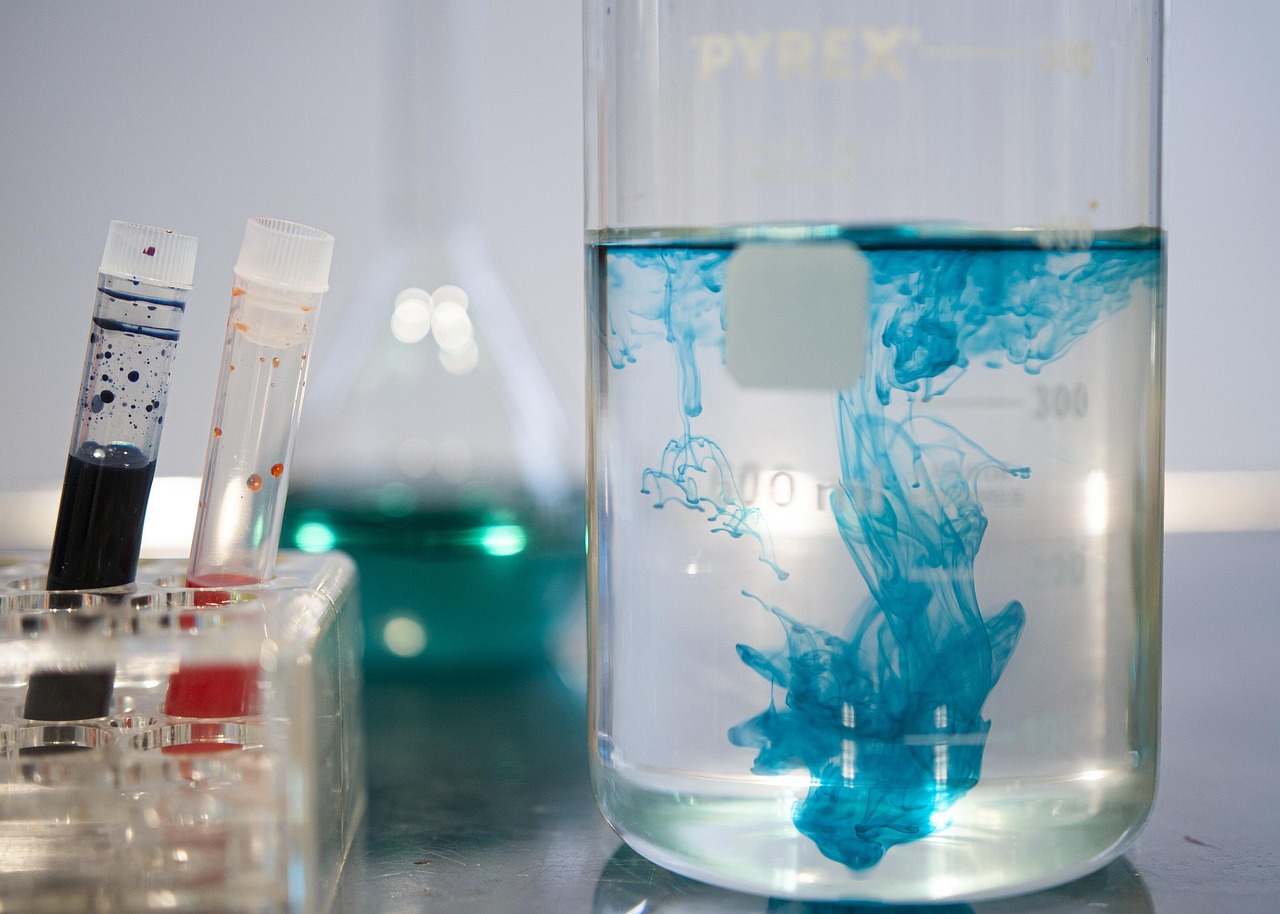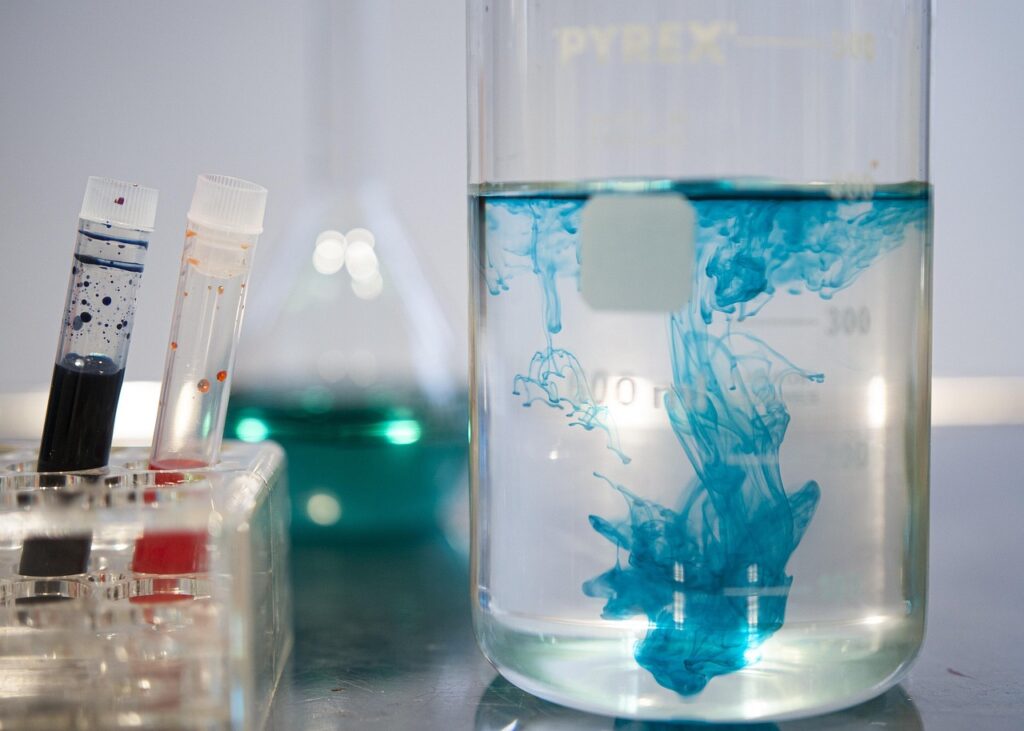Food allergies are increasingly prevalent, and this growing trend has become a cause for concern among parents. The possibility of their children developing food allergies is a significant source of worry for many caregivers. The need for food allergy testing has never been more important than now.
As the rates of food allergies continue to rise, parents are becoming more vigilant about the dietary choices and health of their kids. If you, as a parent, suspect that your child may have a food allergy, it’s imperative to be well-informed about the intricacies of food allergy testing for children.
These tests offer a vital means of understanding and diagnosing potential allergies, providing crucial insights into your child’s health and well-being. The knowledge you gain about these testing processes can empower you to make informed decisions and take appropriate actions to ensure the safety and health of your child in the face of food allergies.
In this comprehensive guide, we’ll explore what parents should be aware of when it comes to food allergy testing for children.
The Prevalence of Food Allergies in Children
The prevalence of food allergies among children is an escalating issue within the realm of public health. Recent estimates suggest that as many as 8% of children in India grapple with food allergies, and this figure continues to increase year after year.
This growing phenomenon has prompted heightened awareness and concern among healthcare professionals, parents, and communities at large.
The array of allergens that children are susceptible to is diverse and can encompass various foods commonly found in their diets. Certain allergenic culprits stand out as more prevalent triggers of allergic reactions.
Notably, peanuts, tree nuts, milk, eggs, soy, wheat, fish, and shellfish are among the most frequently implicated food allergens in children.
These allergens can induce a wide range of symptoms, from mild discomfort to severe and life-threatening reactions. All these are amplifying reasons as to why food allergy testing should be an important consideration for every parent in recent times.
Identifying Food Allergy Symptoms in Children
Recognizing the symptoms of a food allergy in children is the first step in seeking testing and diagnosis. Common symptoms of a food allergy in children may include:
- Hives or skin rashes
- Swelling, particularly around the mouth or face
- Stomach pain or vomiting
- Diarrhea
- Difficulty breathing
- Coughing or wheezing
- Runny or stuffy nose
- Anaphylaxis, which is a severe, life-threatening allergic reaction
If your child exhibits any of these symptoms after consuming specific foods, it’s crucial to consult a healthcare provider promptly.
The Importance of Food Allergy Testing
Food allergy testing holds immense significance in healthcare for small children. Allergies to certain foods can range from mild discomfort to life-threatening anaphylactic reactions, and the ability to pinpoint specific allergenic triggers is paramount for individuals affected by these allergies.
Accurate allergy testing allows for the timely diagnosis of food allergies, enabling healthcare providers to craft personalized treatment plans and dietary guidelines. It empowers individuals and parents to make informed diet choices, helps schools and institutions implement allergen-friendly practices, and guides food manufacturers in labeling allergenic ingredients.
Ultimately, food allergy testing is a fundamental tool for ensuring the safety, well-being, and quality of life for those with food allergies, giving them the knowledge and resources to navigate a world of potential dietary hazards.
You can also go through our blog on accurate food allergy testing to gain better insights into this subject.
Food Allergy Testing Methods
Understanding the various food allergy testing methods is essential for parents:
1. Skin Prick Test:
This is a common and generally safe method for children. A tiny amount of the suspected allergen is introduced to the skin via a small prick or scratch. If your child is allergic, they will develop a small raised bump or redness at the site within 15-20 minutes.
2. Blood Test (Specific IgE):
Blood tests measure the levels of specific IgE antibodies in the blood. Elevated IgE levels indicate an allergy to specific foods. This is a suitable option if your child has skin conditions or if the healthcare provider believes a blood test is more appropriate.
3. Oral Food Challenge:
This is the most accurate but riskiest method. It involves giving your child the suspected food under medical supervision and monitoring for any allergic reaction.
Preparing Your Child for Food Allergy Testing
Preparing your child for food allergy testing is crucial to ensure their comfort and cooperation.
It’s important to explain what to expect during the test. Re-assure them that the healthcare provider will be present at all times to answer questions and provide support.
For younger children, consider using simple and age-appropriate language to describe the procedure, focusing on the fact that it’s a brief and necessary step to understand their health better. For older children, you can explain the test more comprehensively, discussing how it works and the potential outcomes.
Following any pre-test guidelines as provided by the healthcare provider, such as fasting or discontinuing certain medications, is essential to ensure accurate results.
By providing your child with information, emotional support, and the necessary preparations, you can help them feel more at ease and confident as they undergo food allergy testing.
Interpreting Food Allergy Test Results
Once the tests are completed, the healthcare provider will interpret the results and discuss them with you. Results are typically reported as positive, negative, or inconclusive. It’s essential to follow the guidance of your healthcare provider and, if necessary, make dietary adjustments to ensure your child’s safety.
Check out how we at Sms Labs perform food testing services to identify food allergies for your children.
Conclusion
Understanding food allergy testing for children is vital for parents. If you suspect your child has a food allergy, consult a healthcare provider for professional diagnosis and guidance. Timely and accurate testing, along with proper management, is key to ensuring your child’s health and well-being in the face of food allergies.











